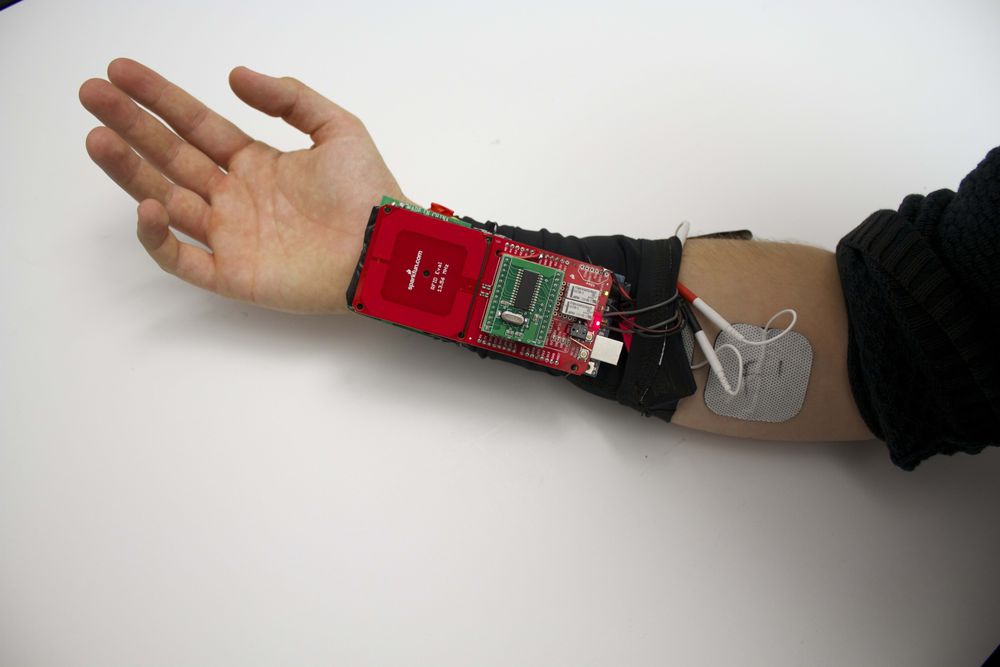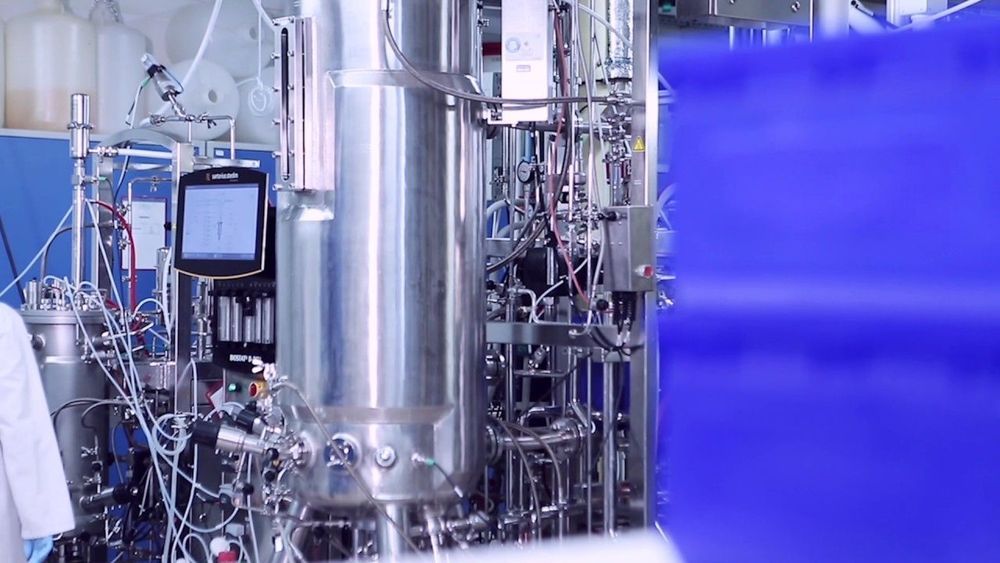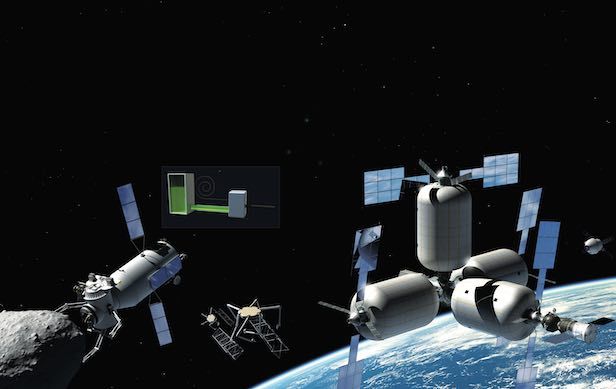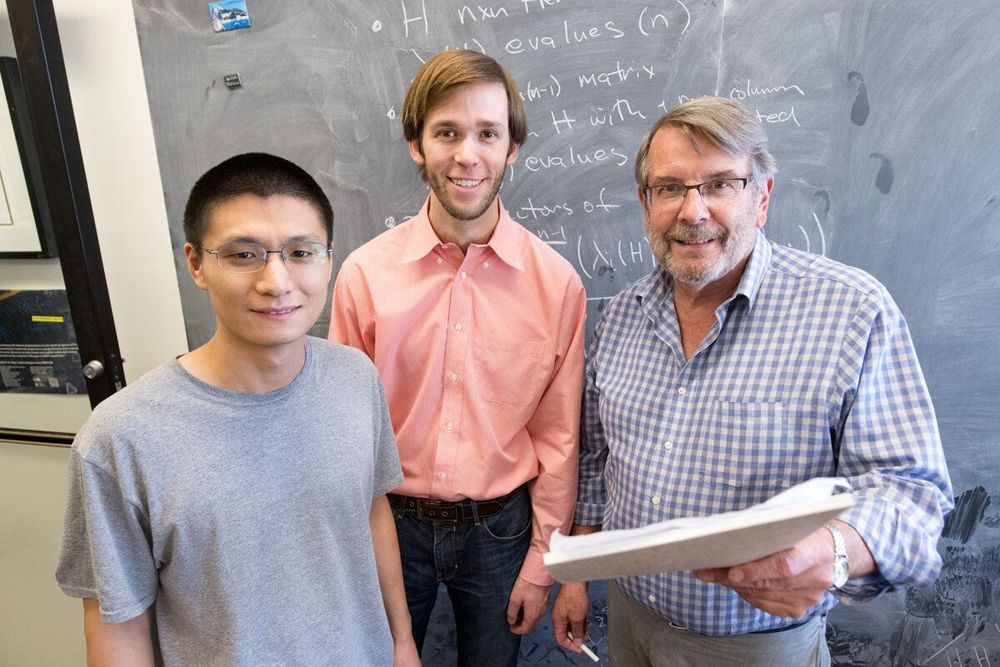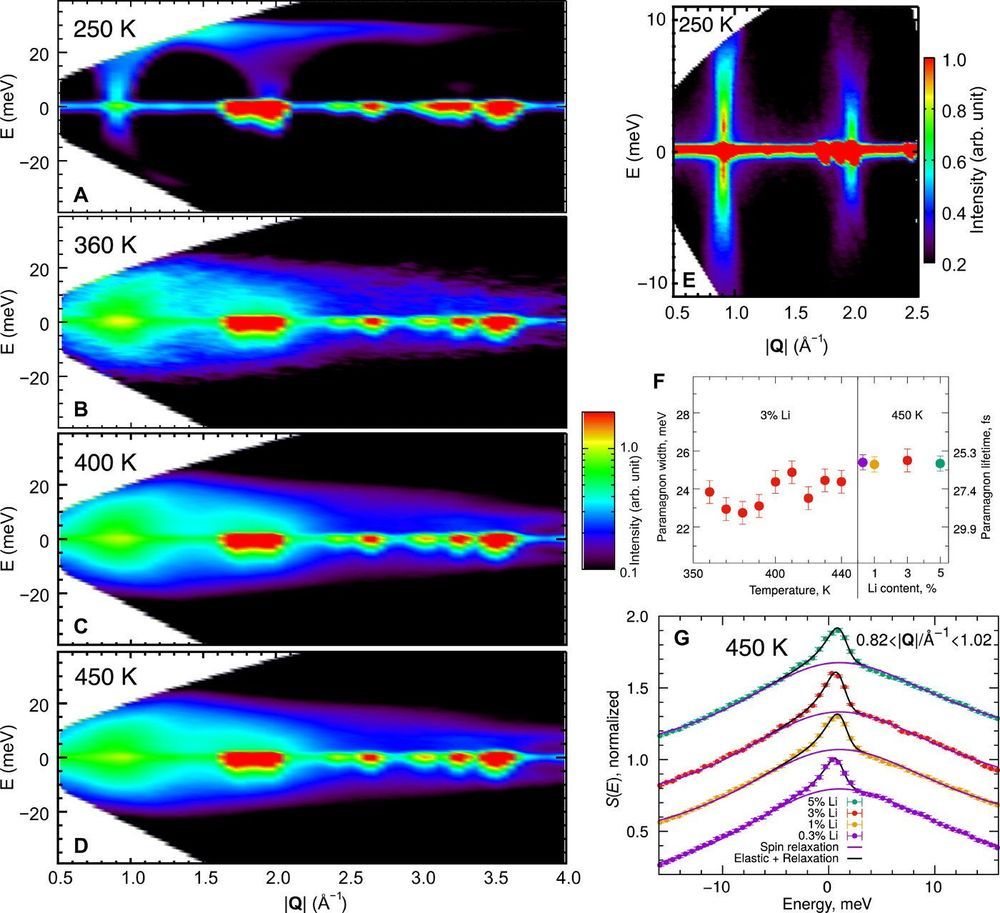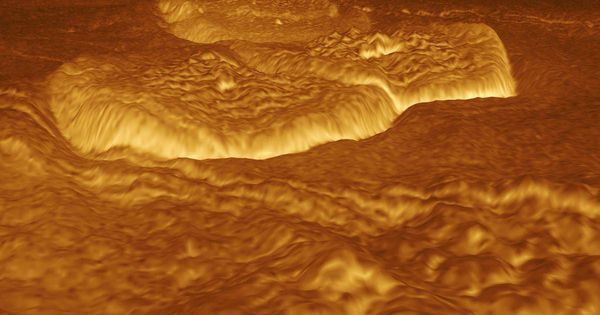Oct 2, 2019
Making the rules in space: When does careful become crushing?
Posted by Genevieve Klien in categories: engineering, government, space travel
Other approaches to space involve moving some or all the engineering activities out of government into the private sector, in the hopes that the private sector will be able to produce otherwise unavailable efficiencies. This sounds good in practice, but we must recognize that shifting some management responsibilities does not alleviate the government responsibility to regulate and look out after the public good.
But imprudent regulation impairs private sector efforts, simply because they may have a harder time getting relief from government rules than, let’s say, the DoD might. Unnecessarily stringent rules, requirements, and regulations discourage success. The precautionary principle has its appeal, but when the underlying activity itself is relatively new and uncertain, precautionary restrictions quickly turn into outright prohibition. Any arbitrary prohibition limits the diversity of our national spaceflight portfolio.
It may seem that this or that actor might benefit from favoritism, permissive oversight, or other unfair advantages. But while everybody trying to do something new in space benefits from distinct benefits and advantages, they also face unique obstacles and difficulties.

